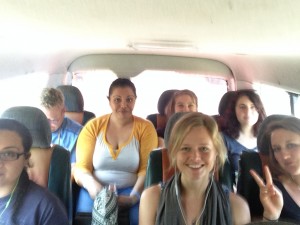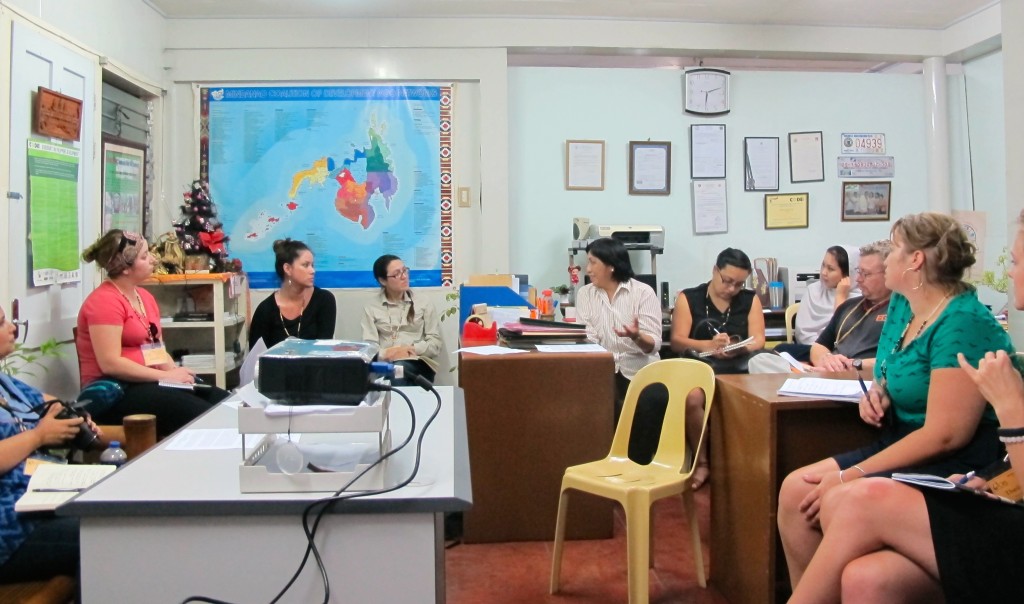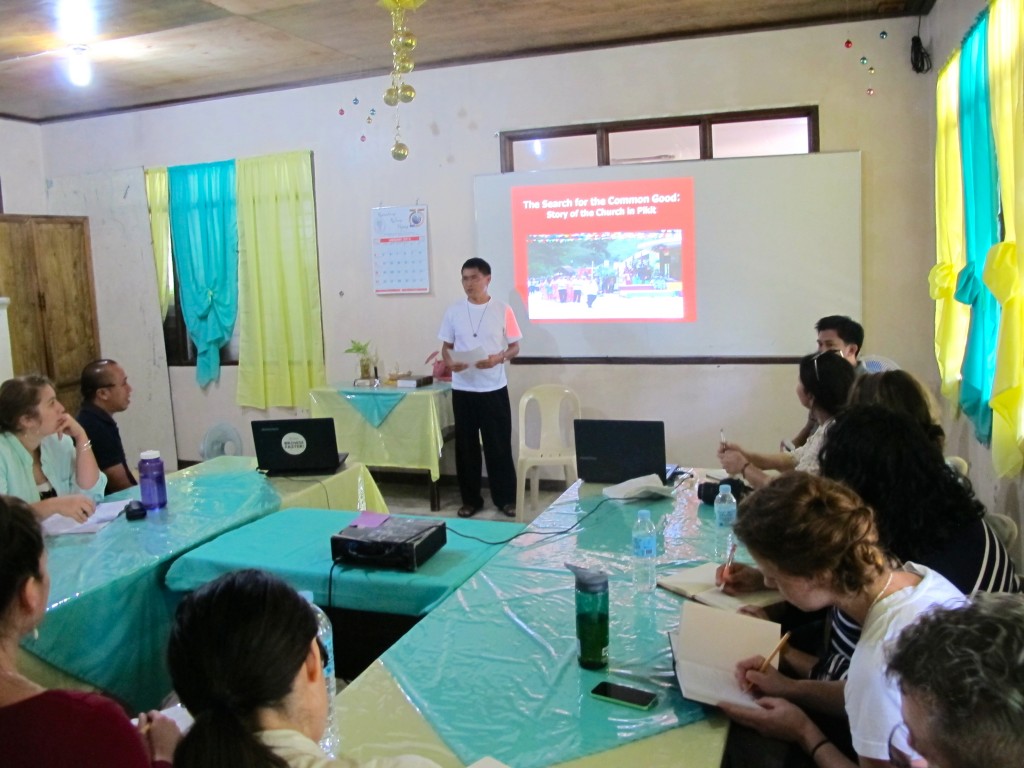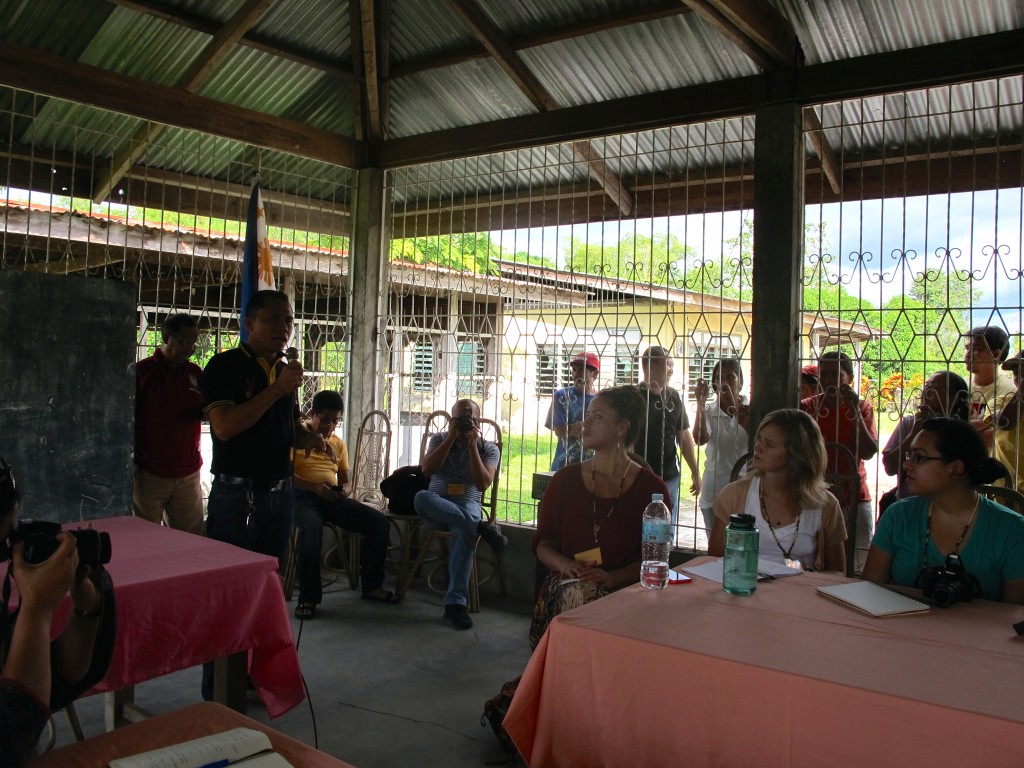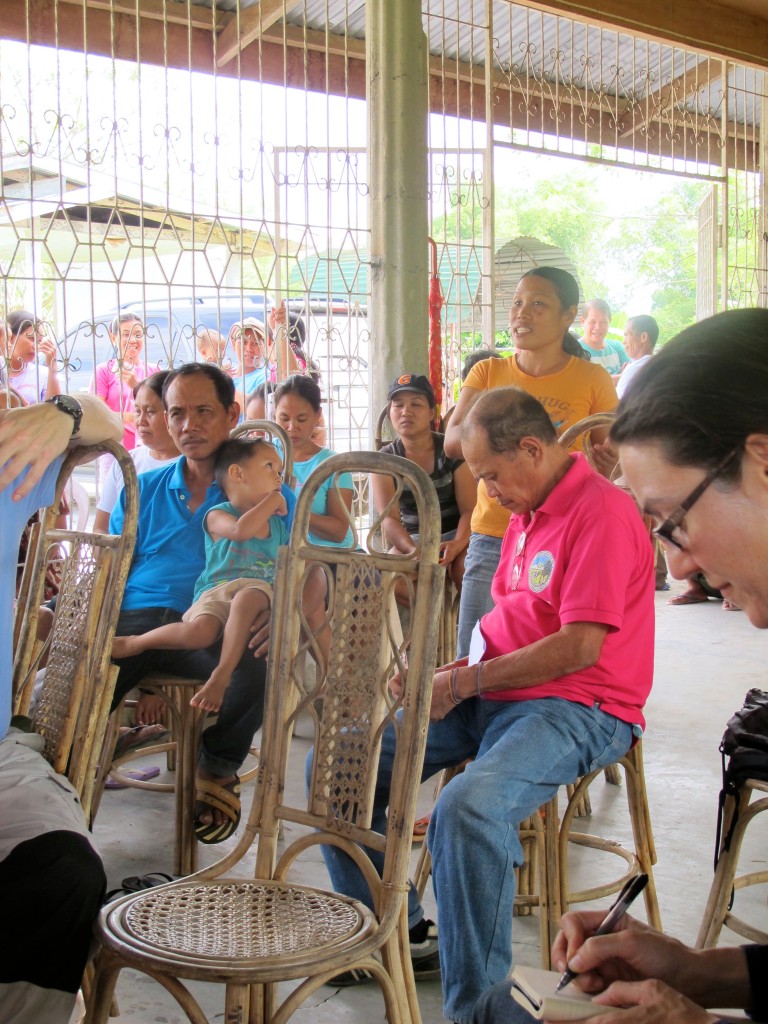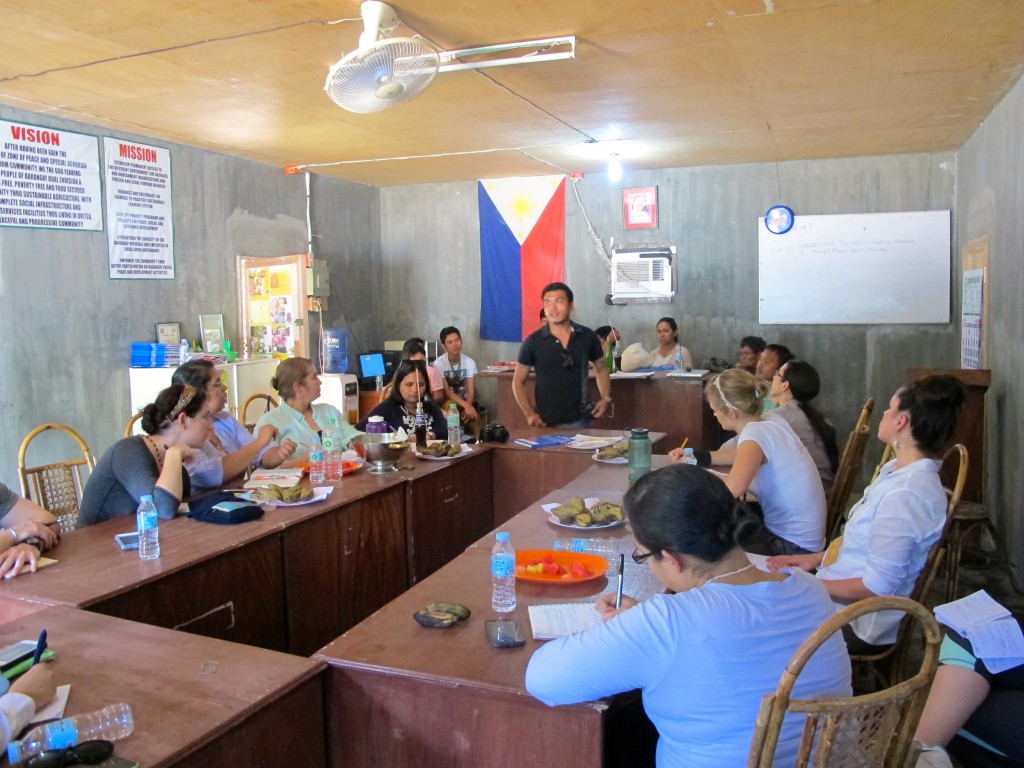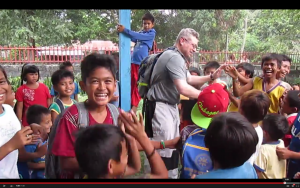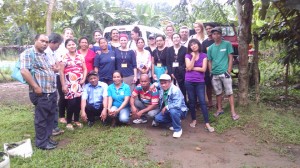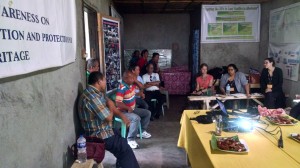Despite famous examples such as Mahatma Gandhi or Martin Luther King, the idea that religion can be a force for the transformation of conflict and for peace is definitely out of fashion. Religion is blamed for all sorts of reprehensible behavior, but violence most especially. Easy enough critique to launch, really, since all the world’s religions contain irrational assertions, from impossible origin stories to absurd prohibitions that make little sense outside the contexts of their historical origins. Fundamentalist interpretations of revered texts and traditions can freeze in place socially repressive culturally- contingent structures from the time and place they emerged from (especially where the roles of women are concerned, or most issues associated with sex) posited as ideals or divine law. Radical monotheism, I think, may have supported the emergence of modern totalitarianism; any kind of intellectual absolutism is potentially dehumanizing. But nowhere has the questioning and condemnation of religion become more common and more controversial than with political Islam or “Islamist” movements, especially those that do or have employed terrorist tactics.
Irrespective of local conflict context or actual demands, many critiques of Islam in Mindanao or elsewhere will assert that the armed violence or the terrorist tactics of any Muslim group is inextricably and causally linked to their religion and are inherent in the religion itself, never mind the research that demonstrates that many converts to Islamist movements typically lack strong religious backgrounds. Martyrdom, jihad, the promise of multiple virgins (inevitably this is the one I hear the most about from Islam’s western male progressive critics, who not infrequently have their own issues where women and sexual fantasy are concerned and don’t need divine cosmology for justification, their own egos suffice), all of these are regularly trotted out as explanation, followed by the marveling statement, “These guys really believe this stuff.” And maybe they really do. Maybe. But we’re talking about human beings. Human psychology. In my experience people do not always really believe what they profess to believe, consciously or unconsciously.
But even further, even when they actually do “really believe this stuff,” the link between belief and behavior is often tentative. Belief is typically the rationale given for the behavior, a critical structuring layer, but rarely the underlying motivation. Human beings are terrible hypocrites, we all are, and we are constantly doing things that are inconsistent with our stated belief systems and finding ways to adjust and reinterpret those systems to justify and explain the things we are actually doing. So even if religious justification is explicitly given as a primary reason for any range of behaviors, a simple causal one-to-one relationship analysis is less than inadequate and might actually be worse than meaningless- fatally misleading. So in my view, a better source of analysis is to look deeply at why people in different contexts will be most compelled by different interpretations of a given creed, identity, or religion, why a violent interpretation will sound more “true” and will be “believed” to certain people at a given place and time.
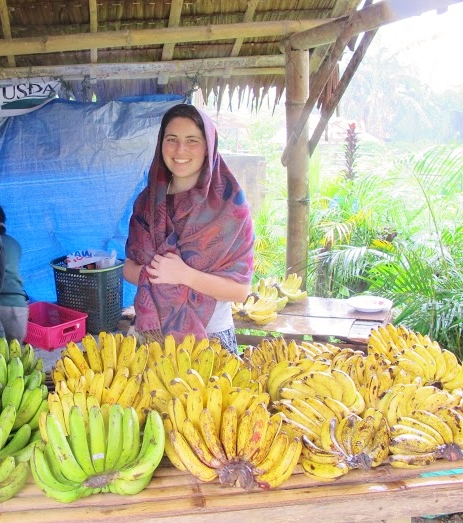
 [January 8, 2015]
[January 8, 2015]